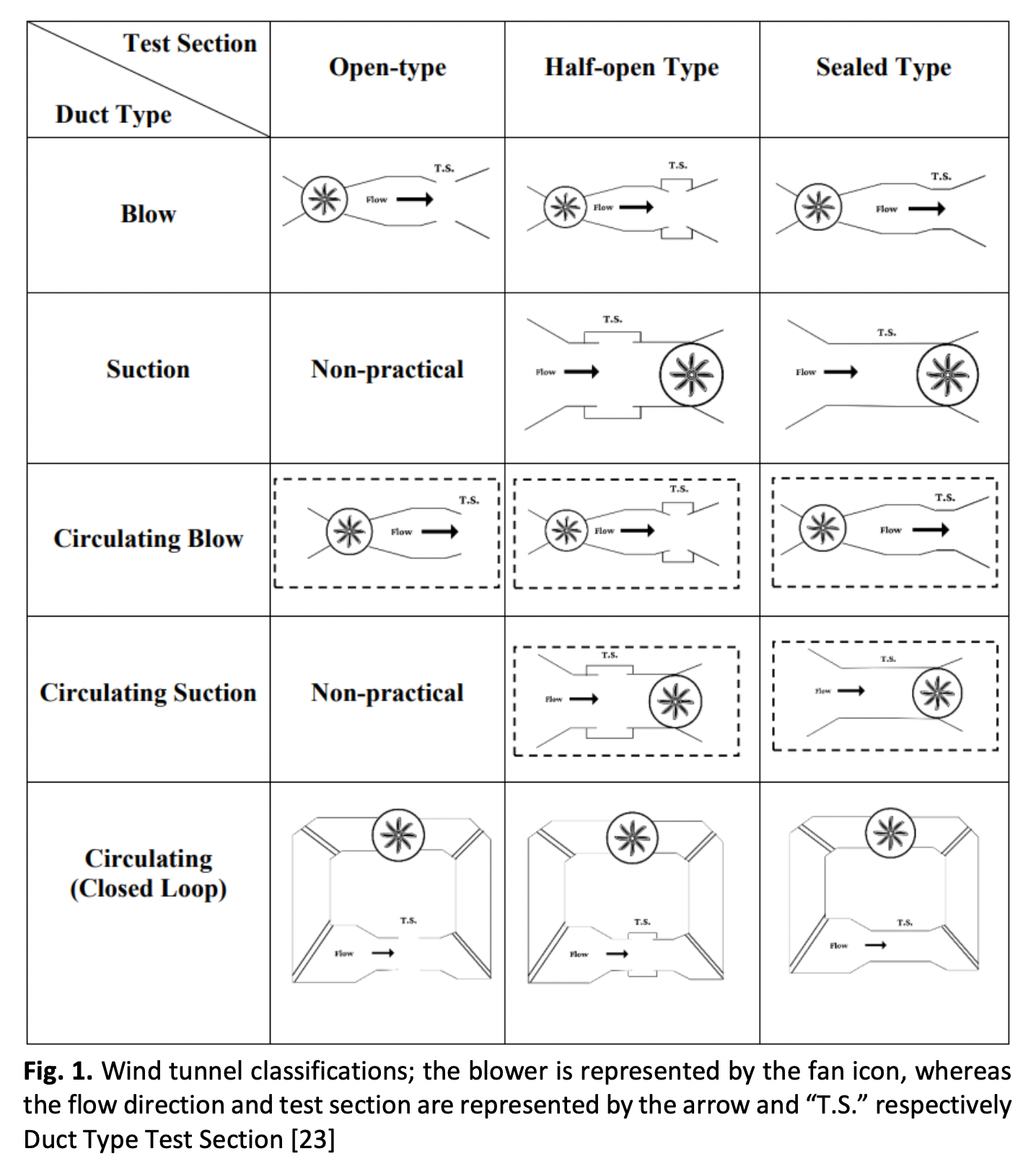Open-Loop Subsonic Suction Type Wind Tunnel: Design, Simulation, Build and Test
-
DOI:
https://doi.org/10.37934/arfmts.105.2.204223Keywords:
Open-loop wind tunnel, subsonic, suction type wind tunnel, CFD, turbulence intensityAbstract
The technological advancement in drones, unmanned aerial vehicles (UAV), wind turbines, and airfoil research has grown rapidly since last decade. Computational fluid dynamics (CFD) analysis is commonly used to study the airflow around a body. Yet, the wind tunnel is an essential instrument in aerodynamic research; however, a commercial wind tunnel normally comes with a small test section and incurs high investment costs. This paper presents the development of a low-cost subsonic open-loop wind tunnel for research and education purposes. The suction-type wind tunnel is intentionally designed with a large test section of 1 m2 and in modular form where each section can be rectified according to the application and for different wind tunnel parameter studies. The detailed design steps, fabrication method, and build of the tunnel are described, along with the flow analysis that has been conducted. Furthermore, a 3D CFD simulation has been performed to simulate the flow condition of the wind tunnel where a good agreement between the simulation and flow measurement is observed. The potential root cause for discrepancy and comparisons with other wind tunnels are discussed. From the preliminary test, wind flow velocity and the turbulence intensity (TI) obtained from the flow measurement are 5.16 m/s and 3.14 % respectively. The TI is less than < 5%, which is considered a medium turbulence case that is good to study the flow around small-scale specimens like micro wind turbines and UAVs.
Downloads





























